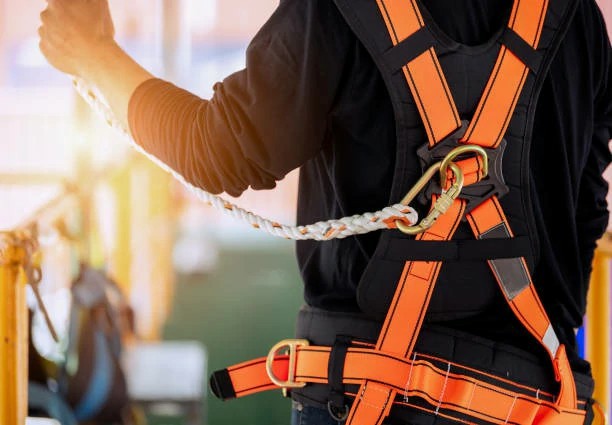


 349,500 Offered Certificates
349,500 Offered Certificates
 24/7 Online Training
24/7 Online Training
 Money Back Guarantee
Money Back Guarantee
 Fully Accredited Courses
Fully Accredited Courses

Created at: 22-02-2025 16:16
In the construction and maintenance industries, the risks associated with working at heights are significant. Employers are not only responsible for ensuring the safety of their employees but also for adhering to stringent regulations designed to minimize risks. Failure to comply with Working at Heights regulations in Ireland can lead to dire consequences, including legal repercussions, financial losses, and devastating reputational damage.
In Ireland, the Safety, Health and Welfare at Work (Construction) Regulations outline the necessary precautions that employers must take when workers are required to perform tasks at elevation. Non-compliance can lead to legal actions that significantly affect a business's operational capabilities.
A notorious case involves a construction company based in Dublin that faced substantial fines after an employee fell from an unprotected edge. The Health and Safety Authority (HSA) discovered multiple violations of safety regulations, resulting in a €160,000 fine and increased scrutiny from regulatory bodies. Such cases underline the urgent need for compliance.
The financial consequences of failing to adhere to Working at Heights regulations can be crippling. While fines are substantial, the long-term costs often surpass initial penalties:
In today's hyper-connected world, a business's reputation is everything. A single incident related to non-compliance can lead to:
Investing in Certified Working at Heights Training is crucial for companies looking to safeguard their operations and comply with Irish regulations. Key benefits include:
The consequences of failing to comply with Working at Heights regulations in Ireland are severe and multifaceted. Legal penalties, financial losses, and reputational damage can have lasting impacts on businesses of all sizes. Implementing a robust safety training program, such as a Working at Heights Safety Course, is an effective strategy to mitigate these risks. Ensuring compliance not only protects employees but also secures the future of your business.
For those ready to invest in safety and compliance, consider enrolling in our Working at Heights Online Course. Protect your workers and your business by reaching out to us at [email protected].